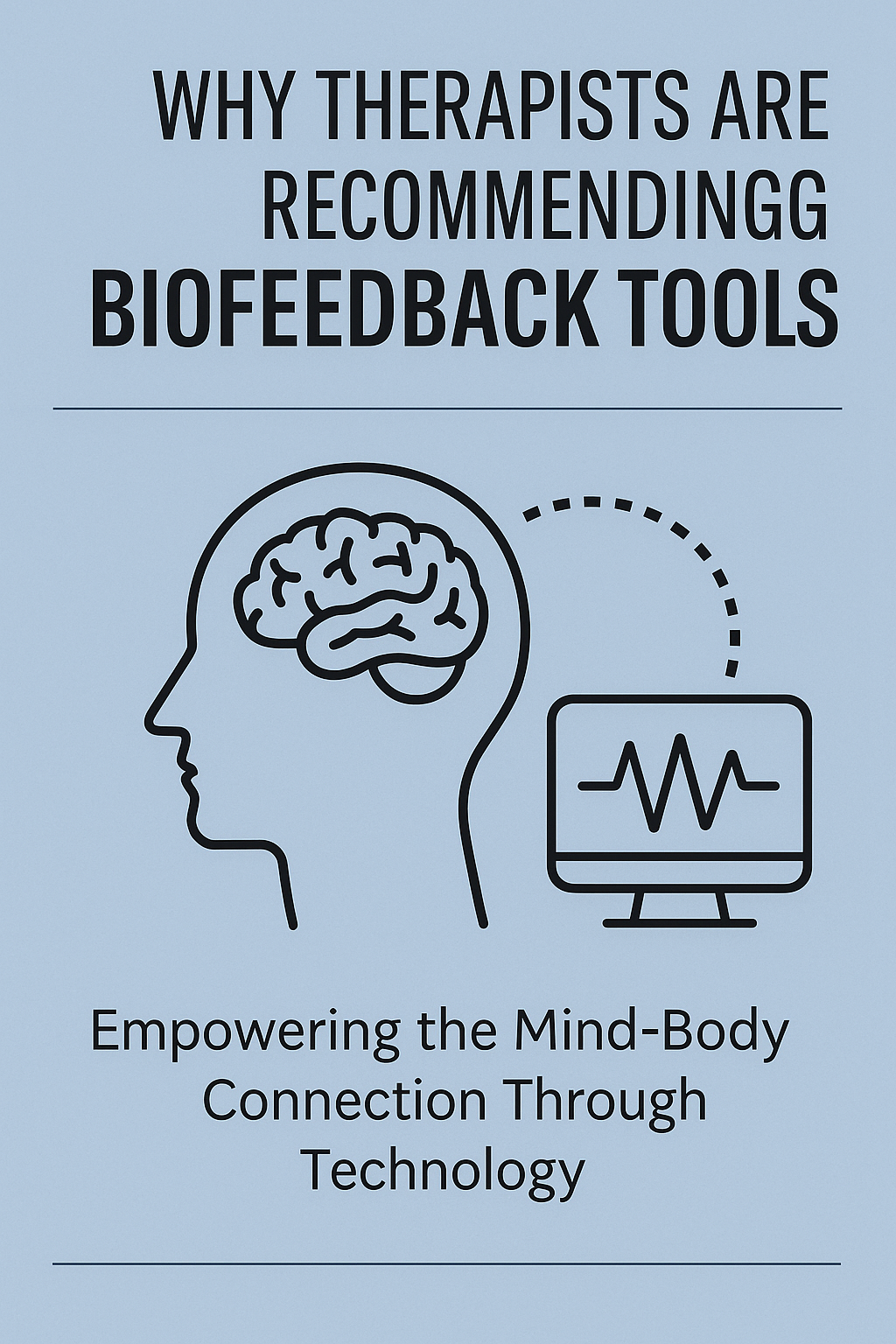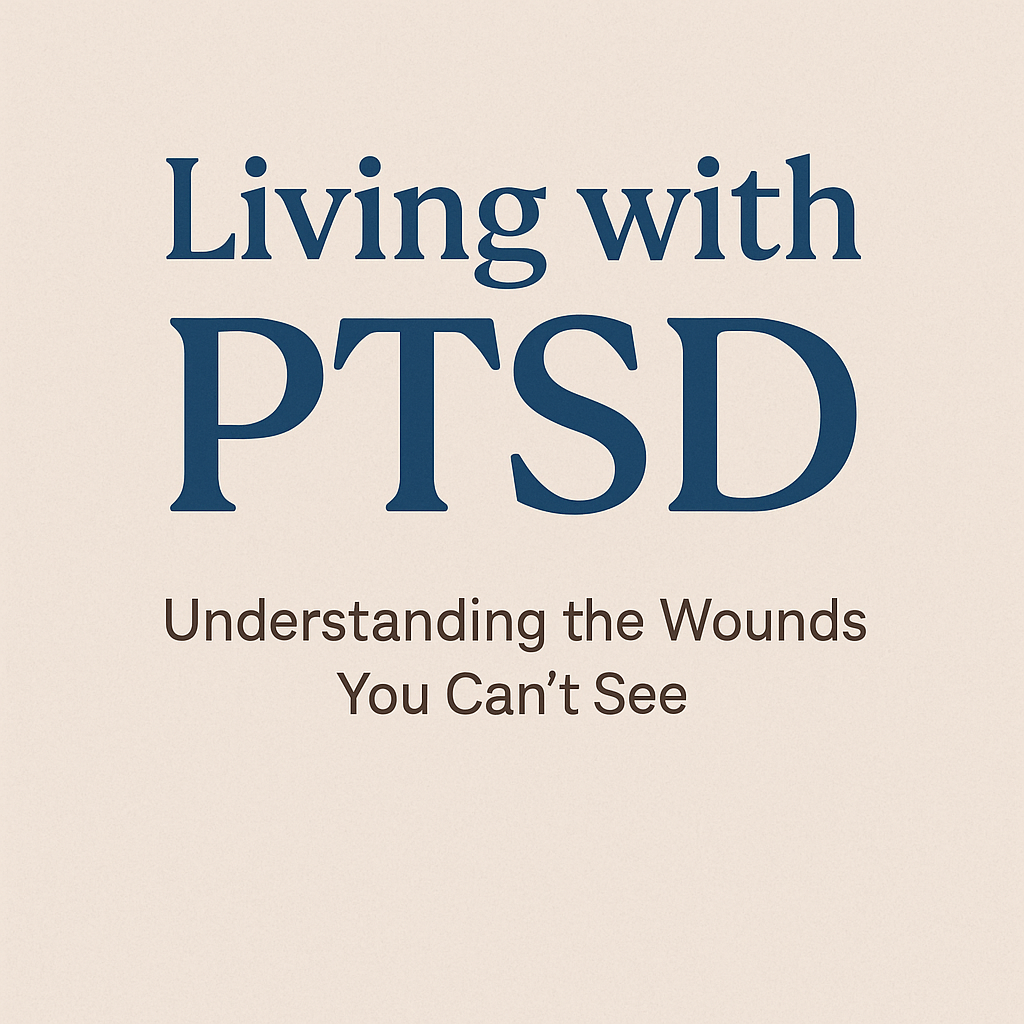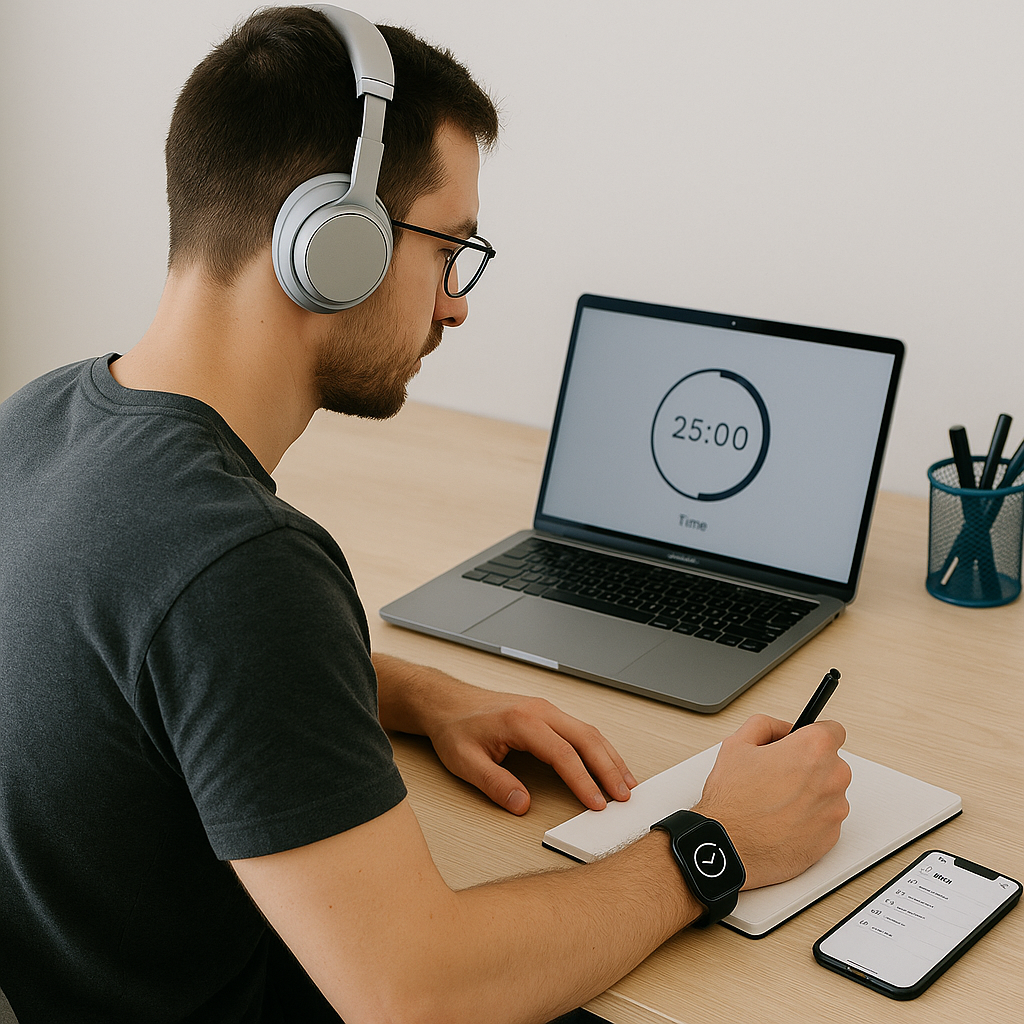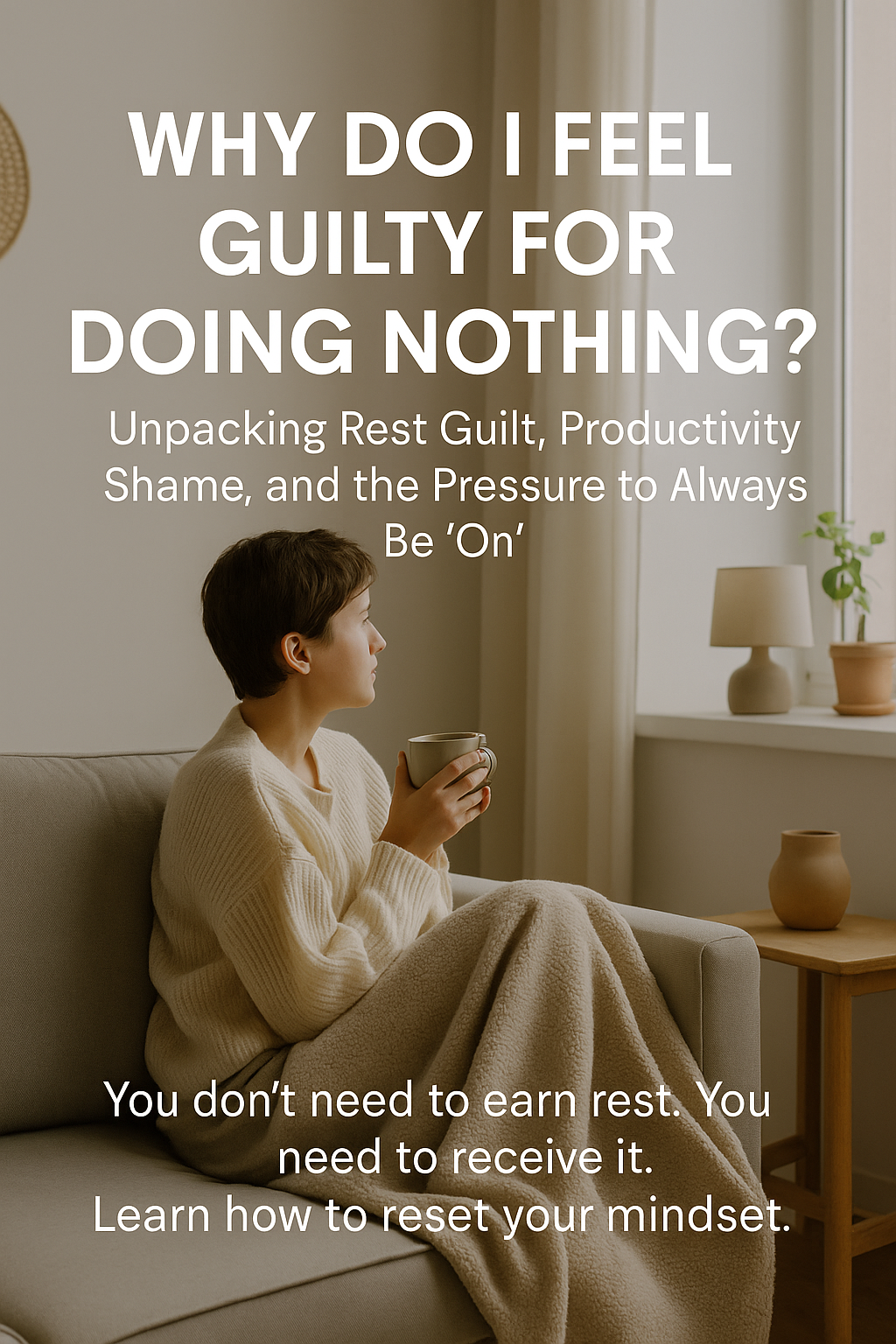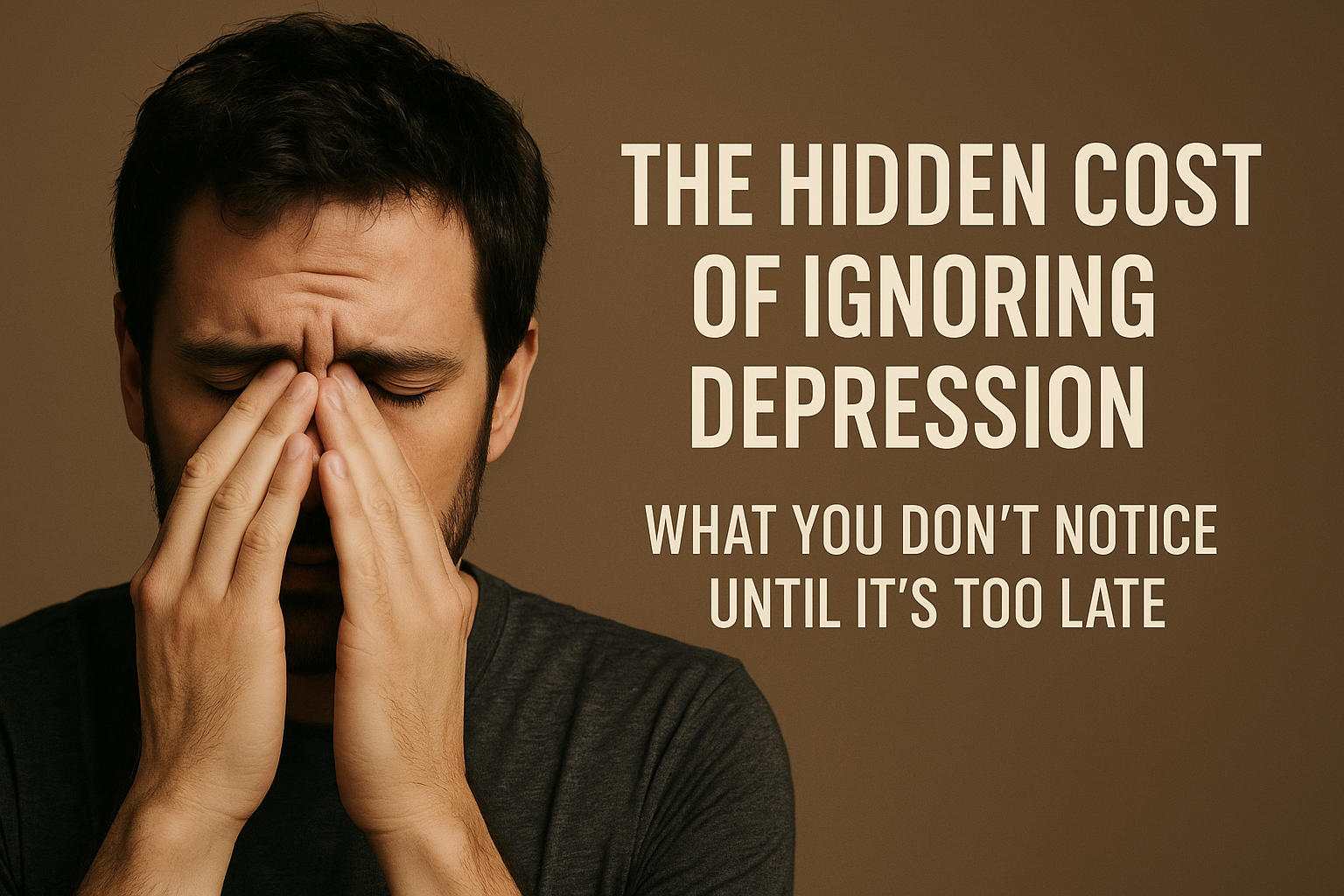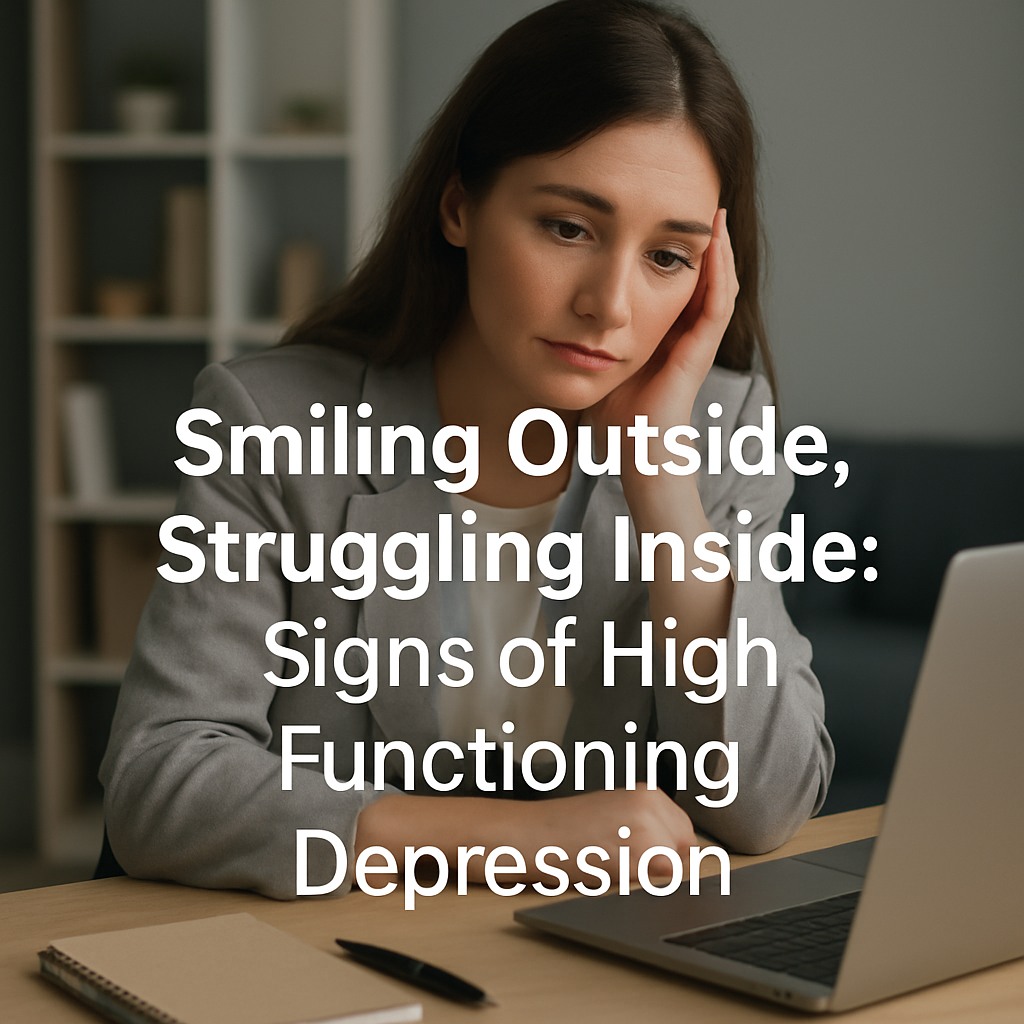Why Therapists Are Recommending Biofeedback Tools for Mental Wellness
Biofeedback is no longer just a clinic-only tool — it’s fast becoming a staple in many mental health routines. From anxiety relief to self-regulation, therapists now integrate biofeedback devices into treatment for one powerful reason: they work.
In this article, we explore why mental health professionals are turning to biofeedback tools, the science behind them, and what options are available to support your own wellness journey.
What Are Biofeedback Tools?
Biofeedback refers to the use of technology to monitor and provide feedback on physiological processes like heart rate, brain activity, breathing, and muscle tension. These tools help individuals become aware of — and learn to control — these bodily responses.
With regular use, biofeedback helps users manage stress, anxiety, sleep issues, and emotional dysregulation more effectively.
Top Reasons Therapists Use Biofeedback Tools
1. Reinforces Mindfulness and Self-Awareness
Biofeedback allows clients to see real-time changes in their physiological state. Whether it’s lowering heart rate or regulating breathing, it creates measurable mindfulness.
2. Supports Anxiety, PTSD, and Stress Management
From panic attacks to trauma triggers, biofeedback supports therapies like CBT and EMDR by helping clients stay calm and grounded.
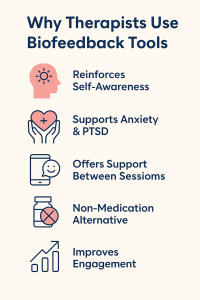
3. Offers Support Between Sessions
These tools offer therapeutic benefits outside the therapy room, helping clients practice techniques on their own anytime, anywhere.
4. Non-Medication Alternative
For those avoiding or supplementing medications, biofeedback provides a natural, non-invasive way to manage mental health.
5. Improves Engagement and Motivation
Visual feedback, audio prompts, and tracking data keep users motivated and actively engaged in their healing process.
Recommended Biofeedback Tools
Here are some top therapist-approved gadgets available through our affiliate shop:
| Device | Purpose | Best For |
|---|---|---|
| Muse 2 Headband | Brainwave-based meditation | Focus & relaxation |
| HeartMath Inner Balance | Heart rate variability (HRV) training | Stress & resilience |
| Apollo Neuro | Touch-based nervous system regulation | Calmness & focus |
| TouchPoints | Bilateral stimulation | Anxiety & sleep |
| EmWave2 | HRV & breathing feedback | On-the-go stress relief |
Affiliate disclosure: This post includes affiliate links. I may earn small commission if you purchase through them, at no extra cost to you
Clinical Insight
As a mental health nurse, I see daily how these tools empower clients to take active roles in their well-being. Biofeedback doesn’t replace therapy it enhances it. It’s proof that healing can be visual, interactive, and deeply personal.
Final Takeaway
Mental health professionals are recommending biofeedback tools because they bring together science, mindfulness, and self-empowerment. Whether you’re working with a therapist or self-managing your stress, these tools can be a game-changer.
Stay Informed with DTDF Essentials
Get updates on mental wellness tools, expert tips, and exclusive offers.
Join Our Newsletter
Explore Our Mental Health Tech Shop
